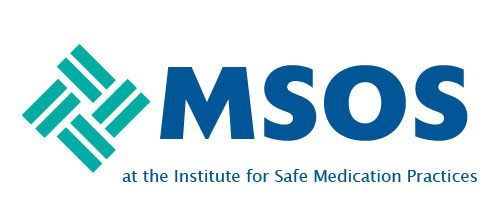We are trying to increase our compliance with smart pump (alaris) guardrails in pediatrics. After some observations/rounding it seems a recurring issue with using the guardrails for pediatric patients is related to medications that are intended to be given IV push over a few minutes. Examples include opioids, ketorolac, furosemide etc that are obtained from the Omnicell and the patient specific dose drawn up by the RN. The RN then further dilutes the medication and hangs it on the syringe pump (via basic infusion) instead of standing and pushing the medication by hand.
There are a lot of potential safety issues with this practice- standardized dilutions, labeling of syringes (or lack thereof), differing infusion times and practice culture in general. Has anyone come across this issue and have you put these medications in guardrails? If so, how did you do it?
I would appreciate any feedback and, if willing, sharing alaris guardrails files for comparison.
Thanks
Lindsey

